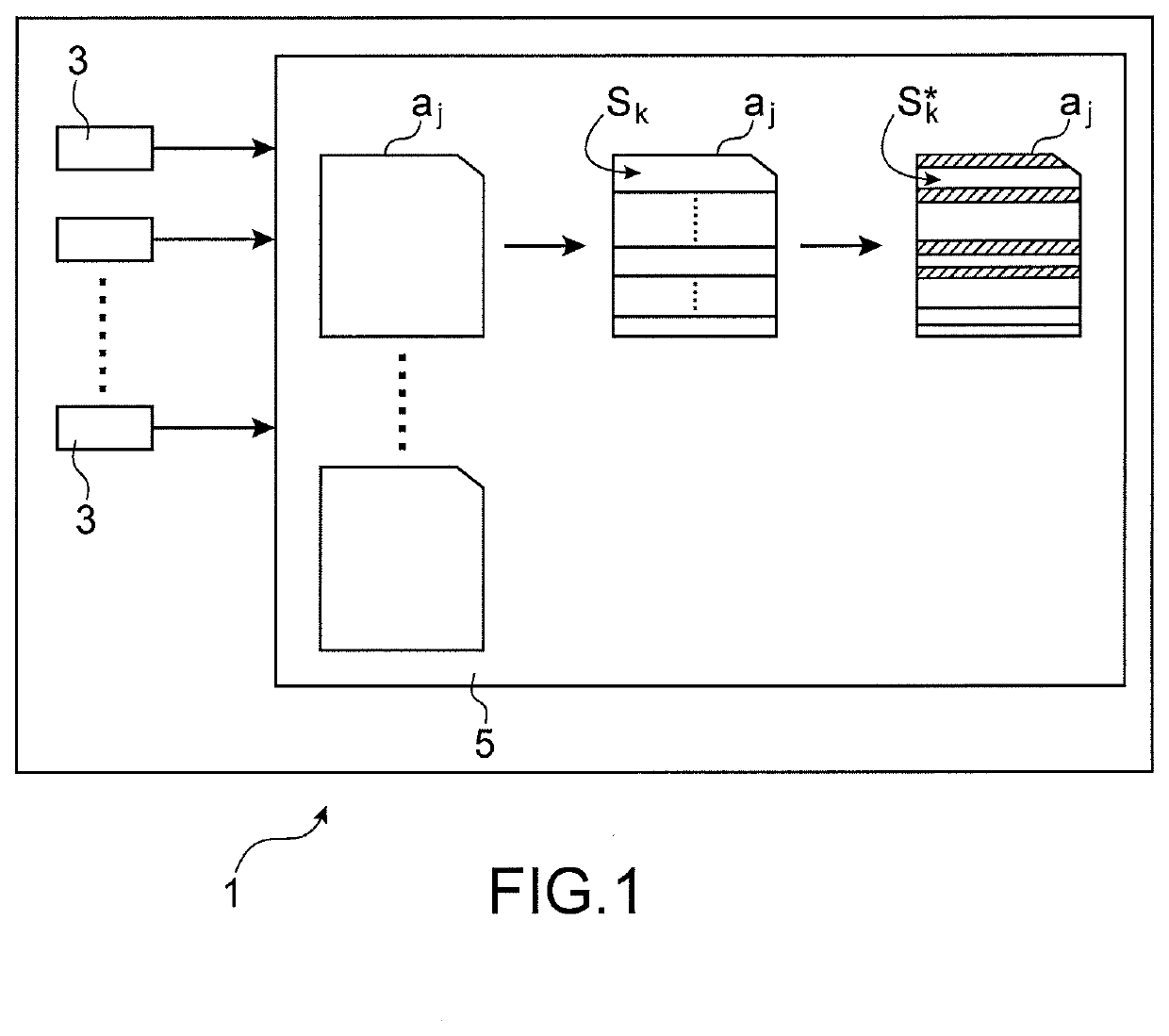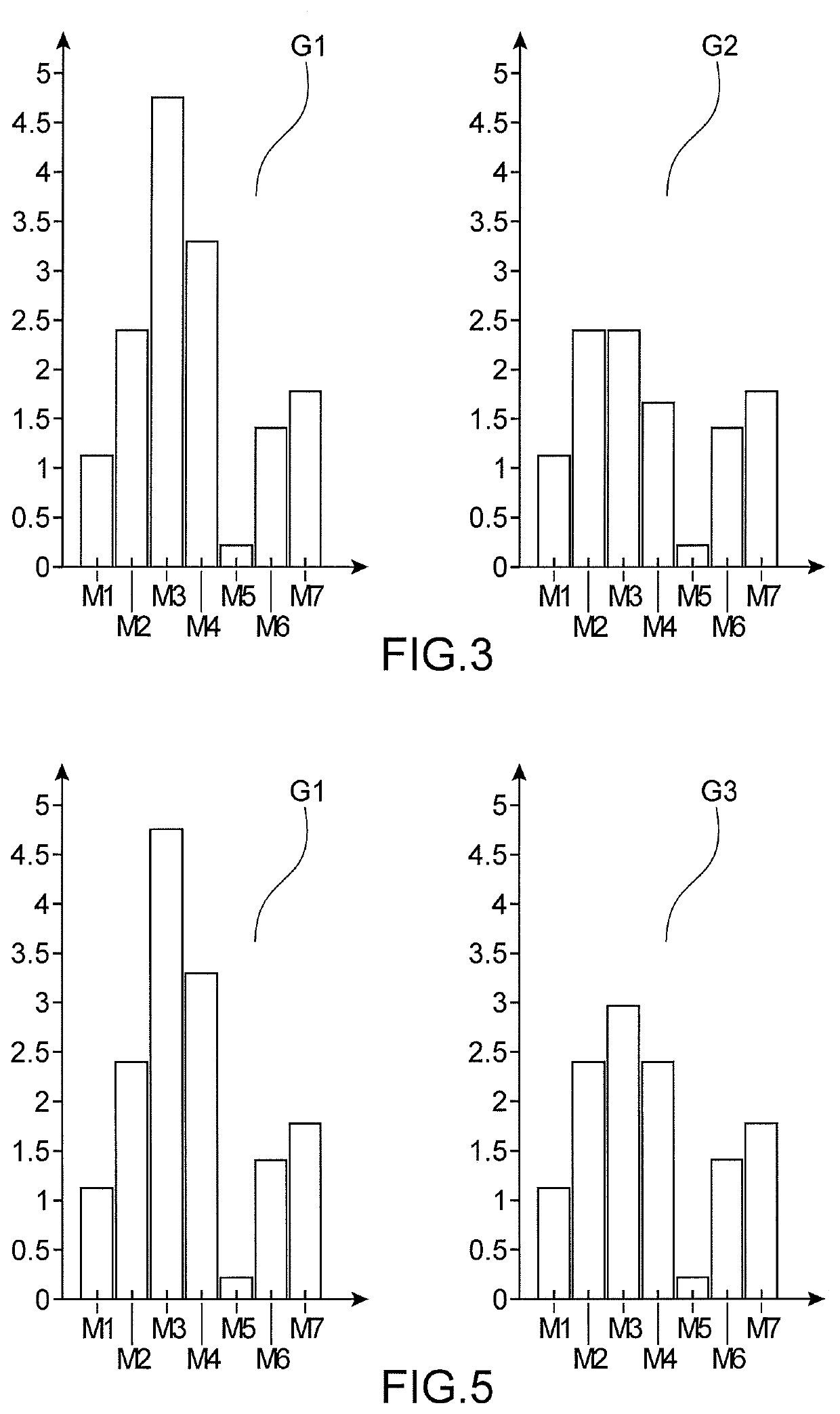Device and method for multi-class classification by machine learning
a machine learning and multi-class technology, applied in the field of machine learning, can solve the problems of large computing time and storage space consumption, loss of information, and especially the risk of data deletion, and is not suitable for multi-class classification
- Summary
- Abstract
- Description
- Claims
- Application Information
AI Technical Summary
Benefits of technology
Problems solved by technology
Method used
Image
Examples
first embodiment
[0046]FIG. 2 is a flow chart schematically illustrating a method for multi-class classification of an application by machine learning, according to the invention;
[0047]FIG. 3 is a graphic representation of an example of classification of a transport mode, according to an embodiment of the invention;
second embodiment
[0048]FIG. 4 is a flow chart schematically illustrating a method for multi-class classification of an application by machine learning, according to the invention;
[0049]FIG. 5 is a graphic representation of a classification of a transport mode, according to the embodiment of FIG. 4;
third embodiment
[0050]FIG. 6 is a flow chart schematically illustrating a method for multi-class classification of an application by machine learning, according to the invention;
[0051]FIG. 7 is a graph representing the similarity of sequences as a function of their durations, according to the example of FIG. 5; and
[0052]FIG. 8 is a graphic representation of a classification of a transport mode, according to the embodiment of FIG. 6.
PUM
 Login to View More
Login to View More Abstract
Description
Claims
Application Information
 Login to View More
Login to View More - R&D
- Intellectual Property
- Life Sciences
- Materials
- Tech Scout
- Unparalleled Data Quality
- Higher Quality Content
- 60% Fewer Hallucinations
Browse by: Latest US Patents, China's latest patents, Technical Efficacy Thesaurus, Application Domain, Technology Topic, Popular Technical Reports.
© 2025 PatSnap. All rights reserved.Legal|Privacy policy|Modern Slavery Act Transparency Statement|Sitemap|About US| Contact US: help@patsnap.com



